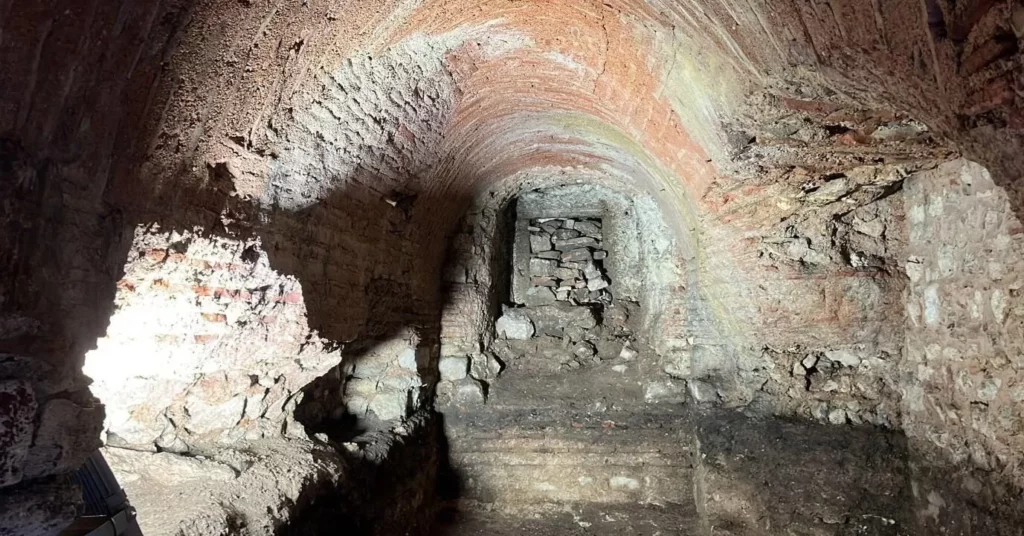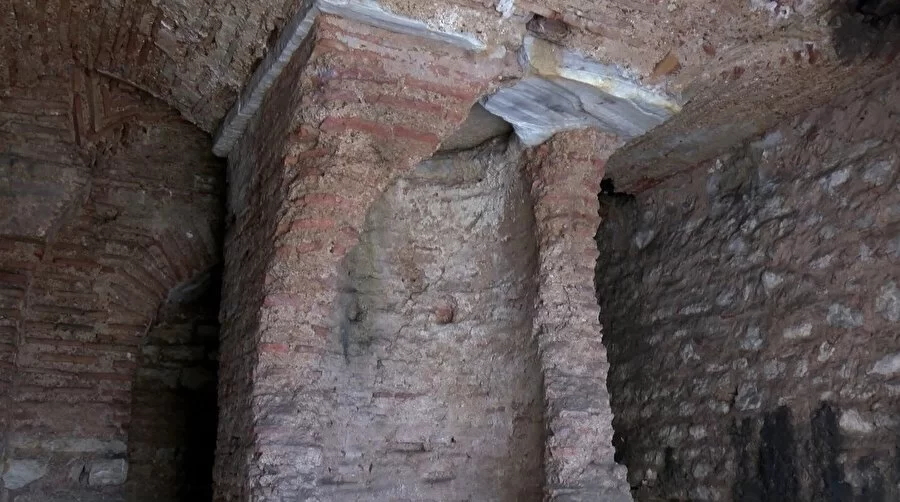1,500-year-old secret underground passage uncovered in Istanbul

During the ongoing excavations in the ruins of Saint Polyeuktos Church in Istanbul’s Saraçhane neighborhood, which was destroyed during the Latin invasion, a 1,500-year-old underground passage has been discovered.
A previously unknown underground passage about 20 meters (65 feet) from the nearby Haşim Işçan Passage was discovered.
The carved marble blocks and reliefs in the underground passage, which contains mosaics and stone inlays, have impressed researchers.
Mahir Polat, Deputy Secretary-General of the Istanbul Metropolitan Municipality (IBB), stated that the structure is an excellent example of the city’s architecture that has withstood the test of time and the wrath of earthquakes.
“What is one of the most important aspects of this discovery of a 1,500-year-old passage? Dozens of tremors have passed in these 1,500 years in Istanbul, which is currently struggling with earthquake risk.
This structure has managed to survive all these earthquakes. Türkiye should learn the secret and have knowledge of this,” Polat explained.

Polat pointed out that the main structure of St. Polyeuktos was destroyed, but its infrastructure remains intact.
“The earthquake memory of the city is also here. If you want to see Istanbul’s earthquake memory, what happened in the Fatih district is a good example,” he added.
Reminding that civil engineers and scientific consultants who specialize in earthquakes also assisted in the municipality’s excavation works, Polat stated that the experts would also share a report documenting the earthquakes the area witnessed in the past.
“The mortar with a mixture known as Horasan mortar from the period.
We know it is important in terms of the technology of that period.
We also examined the surface samples of the structure, such as stone, plaster, and possible gypsum, in the laboratory to determine their composition and archaeometry,” Polat added.
During the excavation works in the area, apart from the statue, the teams also found 681 bronze coins, stamped bricks, marble pieces, ceramics, oil lamps, glass, and metal artifacts.
